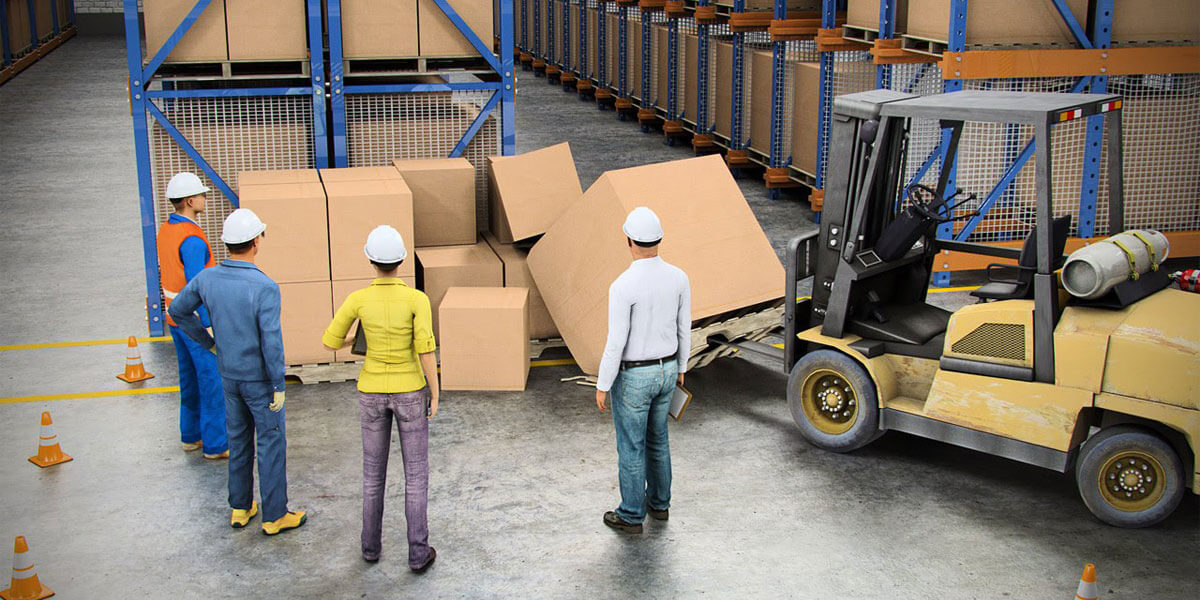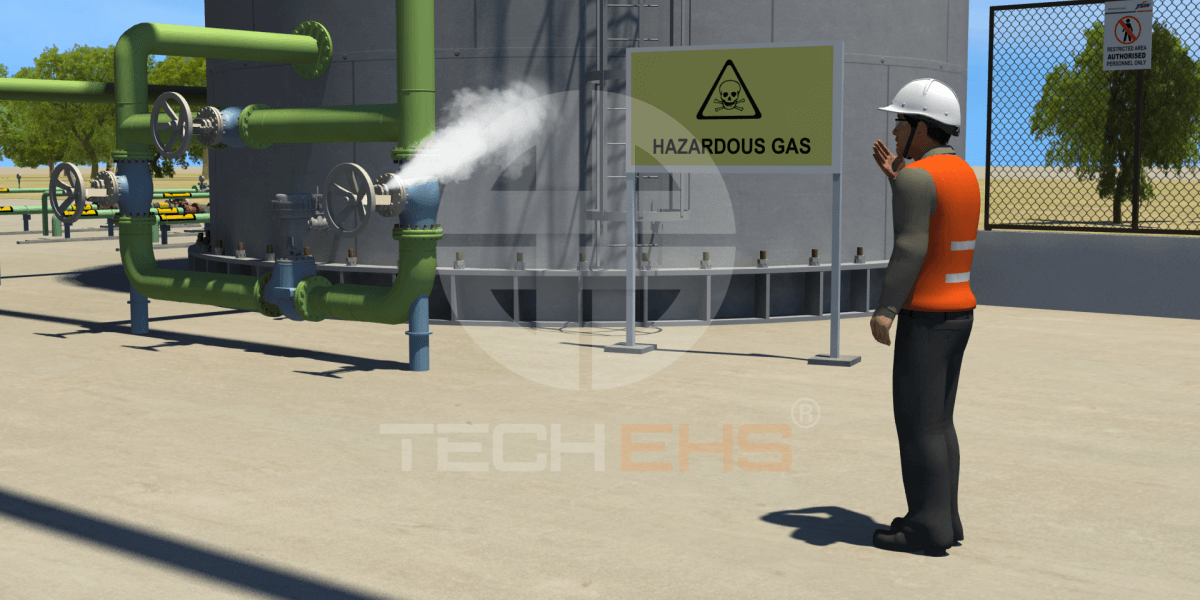
Table of Contents
Introduction
Think closely about the below incidents.
The above near misses could turn into fatal incidents if proper attention is not given to them. Near misses cannot be avoided entirely, but with the appropriate training, employees can stay vigilant. If proactive measures are taken, employees can be alerted beforehand about events that can turn into incidents, thus enhancing safety measures.
For these proactive measures or proper training, it is crucial to incorporate the correct type of training. This correct type of training is incorporating animation videos in the training process. Incorporating animated recreations of incidents and near-misses into workplace safety training transforms traditional methods into engaging learning experiences.
Some Impactful Animation Video Examples
Here are a few examples of animation videos for various industries that can greatly impact workers when used in training methods.
Conclusion
Animation videos have proven to change training dynamics. If you explain your workplace safety rules to the animation experts, they will provide you with the best animation videos.
TECH EHS animation experts study your workplace in detail and provide you with real, life-like scenarios. This helps the workers relate to the workplace in the best way possible and retain the information easily during emergencies.
Many workplaces have adapted animation videos for induction, safety training, near-misses, branding, tours, and more. By blending storytelling with visually engaging content, animation videos effectively increase awareness and reinforce safe practices across various industries, helping cultivate a proactive safety culture among workers.



